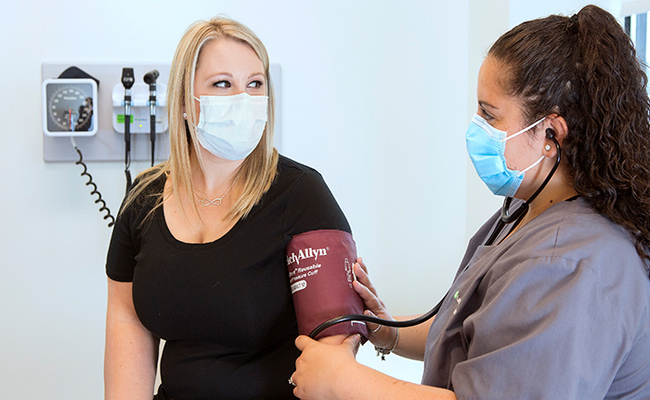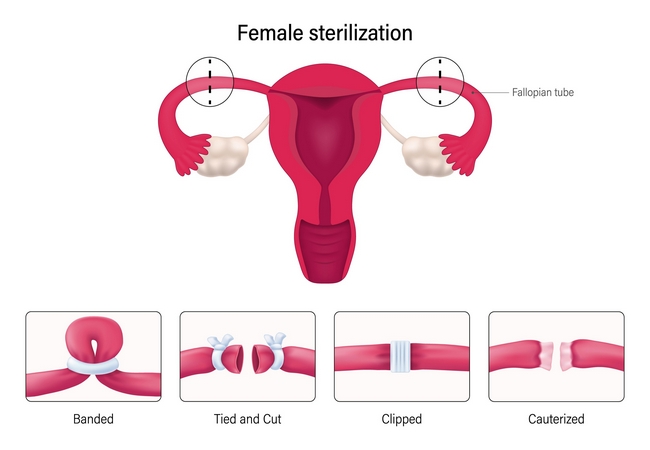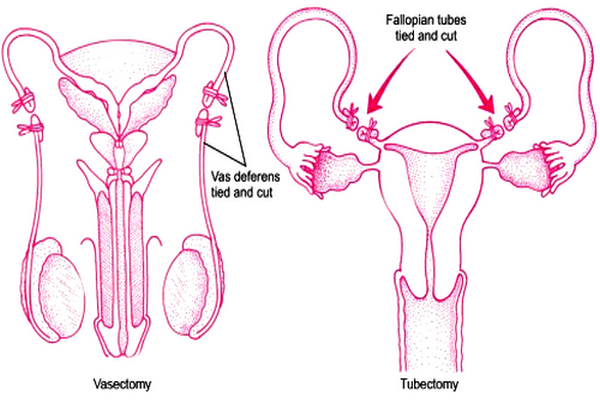Family Planning Counselling Process and Steps
What Do You Mean by Family Planning Counselling?
Family planning counselling is defined as a continuous process that you as the counselor provide to help clients and people in your village make and arrive at informed choices about the size of their family (i.e. the number of children they wish to have).

Process or Steps of Family Planning Counselling:
“GATHER” is an acronym that will help you remember the 6 basic steps for family planning counseling. It stands-
G- Greet the client respectfully.
A- Ask them about their family planning needs.
T- Tell them about different contraceptive options and methods.
H- Help them to make decisions about choices of methods.
E- Explain and demonstrate how to use the methods.
R- Return/refer; schedule and carry out a return visit and follow up.
All the above steps have explained in the below:
G-Greet the client:
- In the first case, give your full attention to your clients.
- Greet them in a respectful manner and introduce yourself after offering seats.
- Ask them how you can help them.
- Tell them that you will not tell others what they say.
- If the counselling is in a health institution, you have to explain what will happen during the visit, describing physical examinations and laboratory tests if necessary.
- Conduct counselling in a place where no-one can overhear your conversation.
You can read: Pregnancy Sign, Symptoms and Confirmation Test
A-Ask the clients about themselves:
- Help them to talk about their needs, doubts, concerns and any questions they might have.
- If they are new, use a standard checklist or form from your health management information system to write down their name and age, marital status, number of pregnancies, number of births, number of living children, current and past family planning use, and basic medical history.
- Explain that you are asking for this information in order to help you to provide appropriate information, so that they can choose the family planning method which is the best for them.
- Keep questions simple and brief, and look at her/them as you speak.
- Many people do not know the names of diseases or medical conditions. Ask them specific questions. Say, have you had any headaches in the past two weeks? or Have you had any genital itching?”, or Do you experience any pain when urinating?” Do not say, “Have you had any diseases in the recent past’.
- If you have seen the client(s) previously, ask if anything has changed since the last visit.
T-Tell them all about family planning methods:
- Tell them which methods are available.
- Ask which methods interest them and what they know about the methods.
- Briefly describe each method of interest and explain how it works, its advantages and disadvantages, and possible side-effects.
H-Help them to choose a method:
- To help them choose a method of contraception, ask them about their plans and family situation. If they are uncertain about the future, begin with the present situation.
- Ask what the spouse/partner likes and wants to use.
- Ask if there is anything they cannot understand, and repeat information when necessary.
- When the chosen method is not safe for them, explain clearly why the method may not be appropriate and help them choose another method.
- Check whether they have made a clear decision and specifically ask, What method have you decided to use?”.
E- Explain how to use a method:
After a method has been chosen:
- Give supplies if appropriate.
- If the method cannot be given immediately, explain how, when and where it will be provided.
- For methods like voluntary sterilisation the client will have to sign a consent form. The form says that they want the method, have been informed about it, and understand this information. You must help the individual understand the consent form.
- Explain how to use the method.
- Ask the client to repeat the instructions.
- Describe any possible side-effects and warning signs, and tell them what to do if they occur.
- Ask them to repeat this information back to you.
- Give them printed material about the method to take home if it is available.
- Tell them when to come back for a follow-up visit and to come back sooner if they wish, or if side-effects or warning signs occur.
R-Appoint a return visit for follow-up:
At the follow-up visit:
- Ask the client if she is or they are, still using the method, and whether there have been any problems.
- Ask if there have been any side-effects.
- Reassure the client/s concerning minor side-effects. Explain that the side effects are not dangerous and suggest what can be done to relieve them.
- Refer for treatment in the case of severe side-effects.
- Ask the client if they have any questions.
If the clients want to use a different method, tell them about other methods and help in this choice. It is important to remember that changing methods is not bad. The main thing is that they choose a method which is acceptable and appropriate. If the clients now want to have a child, help them to discontinue the use of their current method of family planning. Make sure the clients know when and where to go for prenatal care when the spouse becomes pregnant.











